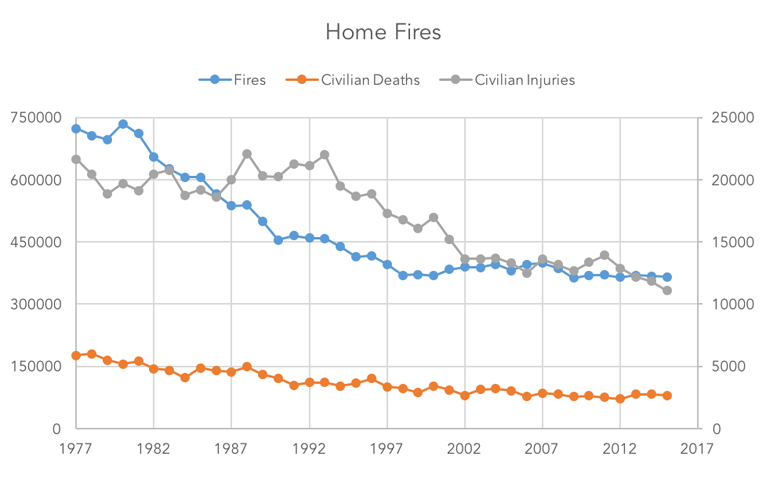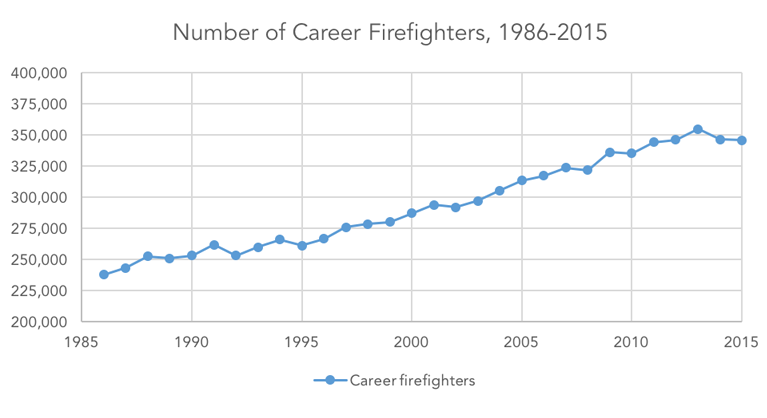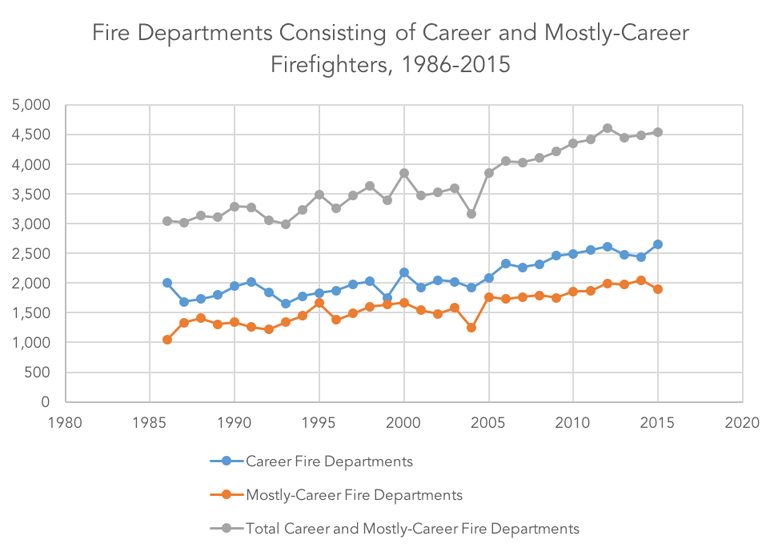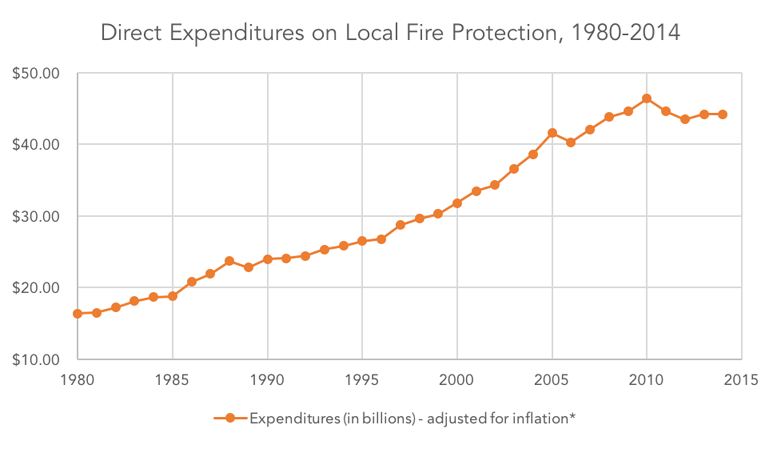Lessons from Fire Prevention: Why We Can Head Off Disease Without Sacrificing Cure.
 Public health is concerned with creating a healthier world, preferably one where we prevent disease before it starts. This inevitably occasions grappling with our overwhelming investment in medicine and curative care, and arguing for a recalibration of our investment towards the social, economic, and cultural factors that promote health. However, in making this case, it is important to remember that such an investment does not mean cutting back on doctors and hospitals. Prevention need not come at the expense of cure. I would like to illustrate this idea by way of an analogy: A look at the history of fire prevention in the US, and how we have been able to dramatically reduce the number of fires, while at the same time maintaining a robust network of firefighters, with prevention and cure working together to create a safer world.
Public health is concerned with creating a healthier world, preferably one where we prevent disease before it starts. This inevitably occasions grappling with our overwhelming investment in medicine and curative care, and arguing for a recalibration of our investment towards the social, economic, and cultural factors that promote health. However, in making this case, it is important to remember that such an investment does not mean cutting back on doctors and hospitals. Prevention need not come at the expense of cure. I would like to illustrate this idea by way of an analogy: A look at the history of fire prevention in the US, and how we have been able to dramatically reduce the number of fires, while at the same time maintaining a robust network of firefighters, with prevention and cure working together to create a safer world.
Fi
Over the years, fire prevention efforts, such as those espoused by Chief Shire, have taken hold and have made a clear difference, reducing deaths and injuries caused by fires. In 1977, there were 723,500 home fires in the US, with 5,865 civilian deaths and 21,640 injuries. In 2015, those numbers had been reduced to 365,500 home fires, with 2,650 civilian deaths and 11,075 injuries (Figure 1).

From: Home fires. National Fire Protection Association Web site. http://www.nfpa.org/news-and-research/fire-statistics-and-reports/fire-statistics/fires-by-property-type/residential/home-fires Accessed May 15, 2017.
在
The success of fire prevention is notable in that it has not come at the expense of the individuals and organizations tasked with fighting fires when they occur. In fact, as prevention has succeeded in reducing fires, the number of firefighters has actually increased. While there are 50 percent fewer home fires than there were just 30 years ago, there are approximately 50 percent more career firefighters, increasing from 237,750 in 1986 to 345,600 in 2015 (Figure 2).

From: Haynes JGH, Stein GP. US Fire Department Profile—2015. Quincy, MA: National Fire Protection Association; 2017.
There has also been an increase in the number of fire departments consisting of career or mostly career firefighters in the US, from 3,043 in 1986 to 4,544 in 2015, representing an increase of 49.3 percent (Figure 3).

From: Haynes JGH, Stein GP. US Fire Department Profile—2015. Quincy, MA: National Fire Protection Association; 2017.
Notably, governmental expenditures on local fire protection have also risen significantly during roughly this same time period. Adjusted for inflation, these expenditures have increased by 170 percent between 1980 and 2014, rising from $16.4 billion to $44.2 billion (Figure 4).

From: Haynes JGH, Stein GP. US Fire Department Profile—2015. Quincy, MA: National Fire Protection Association; 2017.
它
I hope everyone has a terrific week. Until next week.
Warm regards,
Sandro
Sandro Galea, MD, DrPH
Dean and Robert A. Knox Professor
Boston University School of Public Health
Twitter: @sandrogalea
Acknowledgement: I am grateful to Eric DelGizzo and Matthew Kim for their contributions to this Dean’s Note.
Previous Dean’s Notes are archived at: /sph/tag/deans-note/